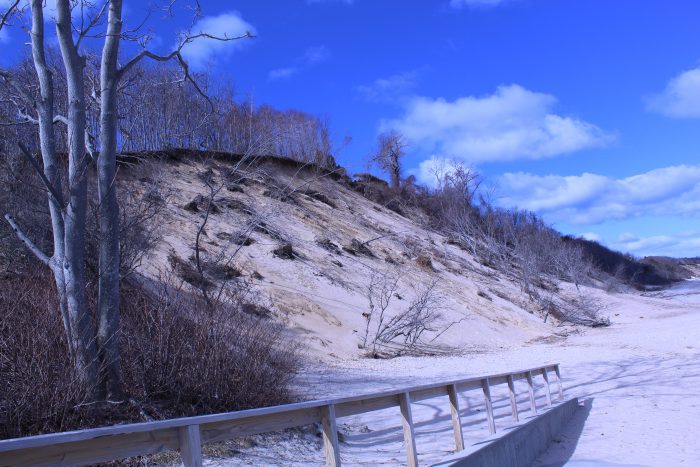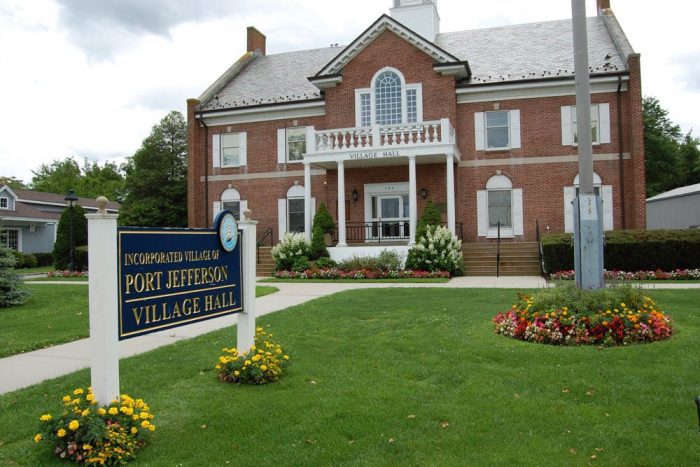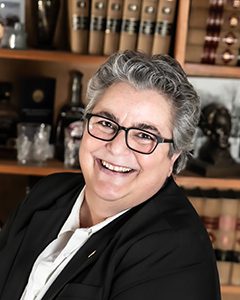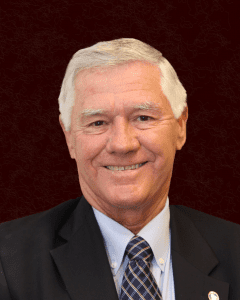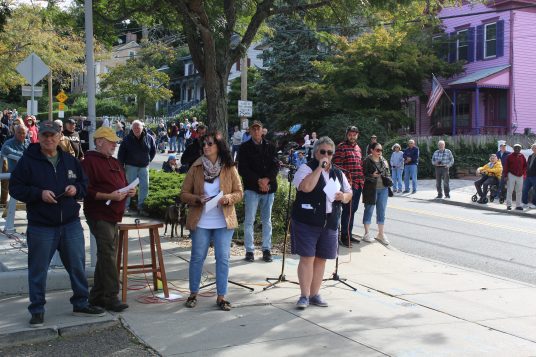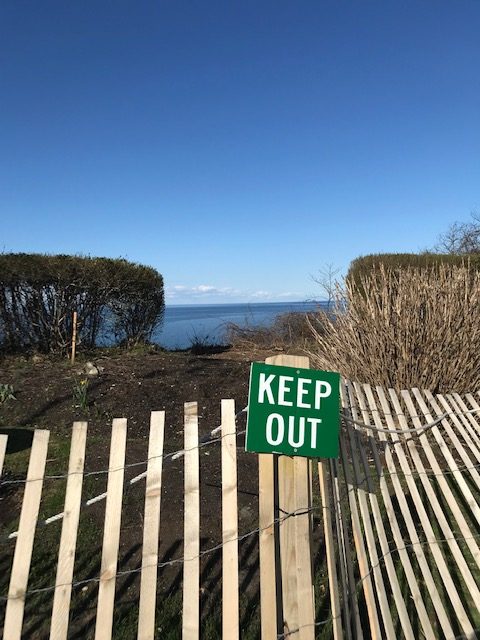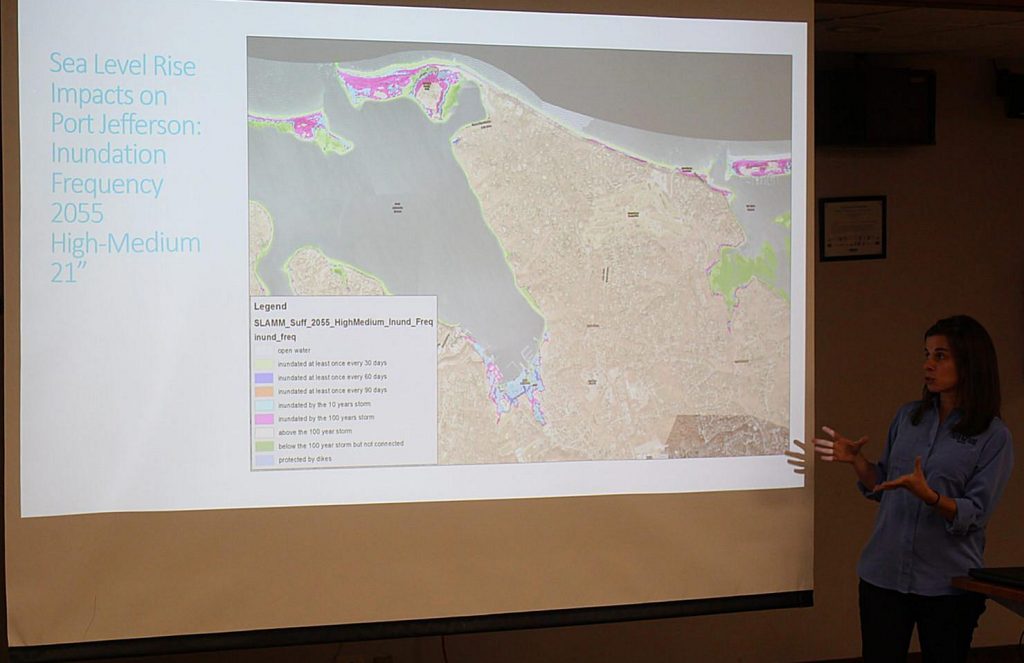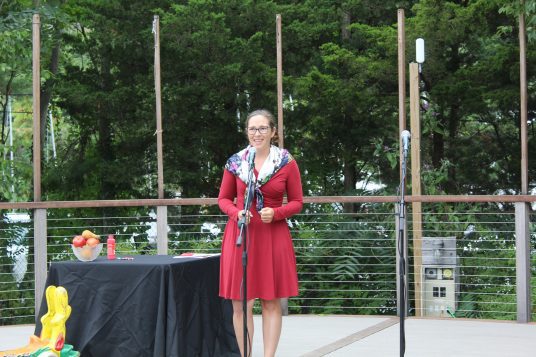On a snowy day, Dec. 7, 1962, Port Jefferson residents voted 689-361 to incorporate as a village. After court challenges, the vote was made official in April 1963.
But how did this vote affect public education in the village? Through the lens of the incorporation movement, village residents can better understand the local issues of their time.
In an exclusive interview, state Assemblyman Steve Englebright (D-Setauket) for Assembly District 4, which includes Port Jefferson, explores some of these themes.
A vision for better schools
Decades before incorporation, the educational landscape was quite different than it is today. Contrasting the great variety of school districts along the North Shore, residents once belonged to one central school district, the epicenter of which was Port Jefferson.
By the early 1930s, Port Jeff High School was accepting students as far west as Stony Brook and parts of Smithtown and as far east as Wading River and Yaphank.
But in the spirit of local control characteristic of the times, that central school district began to unravel. Fragments of the district started to break away, forming districts of their own, guaranteeing greater control.
Fearing dissolution of their school district, local residents considered incorporating to counteract the trend of declining student enrollment. “They were motivated to make sure that the school district was not further depleted by actions beyond their control,” Englebright said. “There was a good deal of emotion in that incorporation involving the school district and the concerns of parents for the well-being of their children.”
Englebright regards the desire for quality public schools as one of the principal factors driving the incorporation movement. He added that proponents of incorporating viewed education as a priority for the Port Jefferson community.
This, the assemblyman maintains, holds true even today. “The reality is the parents and the community of Port Jefferson care deeply about their school district and their children,” he said. “They don’t want to lose that brand of excellence and the well-being of that school district, which has always been a superb place for education.”
Extracting value
A power plant was located at the water’s edge of Port Jefferson Harbor. Contained within that plant, locals saw a promise for better schools, according to Englebright.
“I don’t think it was a singular motive on the part of Port Jefferson to capture the tax base of the power plant, but it certainly was seen as important to maintain the infrastructure of the schools in Port Jefferson,” the assemblyman said.
Port Jefferson has enjoyed a largely subsidized school district for over half a century thanks to the power station. But as the world comes to grips with the danger of combustible energy sources, so is the village affected and, by extension, the local school district.
“The changing technology of energy production has been very much a part of the people’s consciousness, particularly the leadership of the school board and the village board,” Englebright said.
Despite its pivotal place in the cause to incorporate, the long-term future of the Port Jefferson Power Station, which is operated by National Grid USA, is undecided. The village government is already seeing declining subsidies from Long Island Power Authority, which supervises transmission and delivery functions. Whether the plant goes dark in the coming years remains an open question.
Englebright acknowledges this uncertainty and its impact on certain public school districts on Long Island. For him, the trends in New York state and around the globe point to a phasing out of combustion energy.
“The trend is to move away from combustion as the source of energy,” he said. “I do believe that it is likely that the plant … will prove to be less used going forward. The question of when that will happen, I can’t tell, but that is certainly the trend.”
Despite a cloud of uncertainty over this tax-generating facility, Englebright sees opportunities for community adaptation. Though the power plant may someday shut down, he foresees Port Jeff emerging as a local leader in renewable energy, becoming a central hub for offshore wind.
“I have been very much involved with helping to advance offshore wind and, at the same time, to guide and nurture a relationship between a power-generating site that has been a part of our region for half a century now and more, and to the extent possible enable a sort of gas pedal and clutch transition to occur,” the assemblyman said.
Even in the face of possibly losing a significant tax base, village residents can be reassured that the transition of its energy economy is already underway.
Incorporation in context
Port Jefferson School District is nearing a public referendum scheduled for Monday, Dec. 12. This referendum, totaling approximately $25 million, may decide the future of facilities in buildings across the district, and possibly its long-term fate.
Englebright has expressed support for the facilities improvements, citing that they will be necessary to maintain a proper educational venue for future generations of students. [See story, “Capital bonds: PJSD nears historic referendum over school infrastructure.”]
Compounding an already complex issue, PJSD, like many others throughout the area, is also experiencing a decline of student enrollment. “There’s no easy answer here, not just for Port Jefferson but for many school districts,” the assemblyman said. “The incoming population of youngsters entering first grade is significantly less than what the schools they are entering were built to accommodate.”
In the face of declining student populations, some are even suggesting the remerging of Port Jefferson with the Three Village School District, which broke away from Port Jeff in 1966, four years after the vote to incorporate.
Despite these calls, Englebright feels the overriding spirit of local control remains preeminent. If the community favors keeping its school district intact, the state assemblyman recommends making the proper investment in its facilities.
“At the moment, I just don’t see [merging with another school district] as a popular idea because people within their communities identify their sense of place through a mechanism of community and neighborhood identity, which is their schools,” he said. “It behooves the well-being of the children and the quality of the school district … to make the investments to keep that infrastructure in a condition that meets or exceeds all appropriate standards.”
Revisiting the village’s incorporation, we find that the issues of today are not unique to our time. Questions surrounding school infrastructure, energy subsidies and student enrollment have puzzled generations of Port Jeff residents. While these issues may seem problematic, public dialogue and an open confrontation with local history may offer a pathway to brighter days ahead.
This story is part of a continuing series on the incorporation of Port Jefferson.


